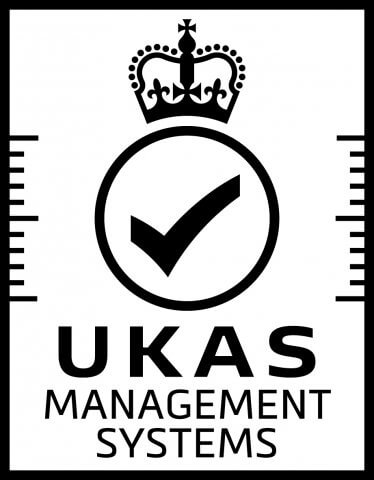Treat Your Acne Scars Today With Our Modern Solutions
WhatClinic
Trustpilot
Why Auralia For Acne Scar Treatment?
UNMATCHED EXPERIENCE
23 Years Of Experience
INTERNATIONALLY ACCREDITED
Highest standards of safety and care
PATIENT-CENTRIC APPROACH
Tailored Treatment Plan For You
Join thousands of our satisfied clients
Our Satisfied Patients
Our Solutions For Acne Scarring
Laser resurfacing is a fairly new treatment
that helps to reduce blemishes and acne scars. With this technique, skin is removed layer-by-layer using a laser..
Used to improve the texture of the skin after scarring has occurred. He causes the skin to blister before peeling off, which revita lises the skin cells and leaves you feeling refreshed and blemish free.
With dermabrasion, the surface of the skin is removed by abrasion, a form of sanding. This helps remove the damaged skin and lessen scars and dark spots on the skin.
LASER RESURFACING
Laser resurfacing is a fairly new treatment that helps to reduce blemishes and acne scars. With this technique, skin is removed layer-by-layer using a laser..
DERMABRASION
With dermabrasion, the surface of the skin is removed by abrasion, a form of sanding. This helps remove the damaged skin and lessen scars and dark spots on the skin.
Making Your Desired Treatment Affordable
Auralia can help you spread the investment of your surgery, allowing monthly payments over 24 or 36 months.
Acne Scars Treatment FAQs
There are several effective cosmetic treatments available for those who wish to diminish the appearance of acne scarring.
A lot will depend on the kind of scars you arecarrying.
Ice pick scars: These often appear as depressed pockets in the skin and are small with a somewhat jagged edge.
Keloid scars: This type of scarring occurs when the tissue becomes raised and thickened and is typically hereditary.
Soft scars: Soft scars are soft to the touch and have gently inclined edges that roll into normal skin.
Depending on the nature of the scar, we might recommend one or more of the following treatments:
Acne is caused by the body’s increased production of the hormone androgen, which stimulates the sebaceous glands to produce more oil. The increased production of oil causes the pores to become blocked, so that the oil cannot come up to the skin surface. The acne itself is an infection caused by skin bacteria that feed on and break down this oil.
Scars typically form at the site of an injury, and in the case of acne, bacteria infect the pores of the skin, which becomes plugged and inflamed. In some cases, this alone can cause scarring. Picking at acne can also cause scarring.
Patient care has always been at the forefront of everything we do, this is why we are a leading cosmetic surgery provider in Ireland. We believe that ‘aftercare’ is just as important a part of the entire cosmetic treatment procedure as the treatment itself. With Auralia, you can be rest assured that all your aftercare needs will be completely fulfilled, providing you the support you need for a fast and stress-free recovery.
Secure Your No-Cost Consultation with Ireland’s Top Experts
Get your acne scar treatment Today!





